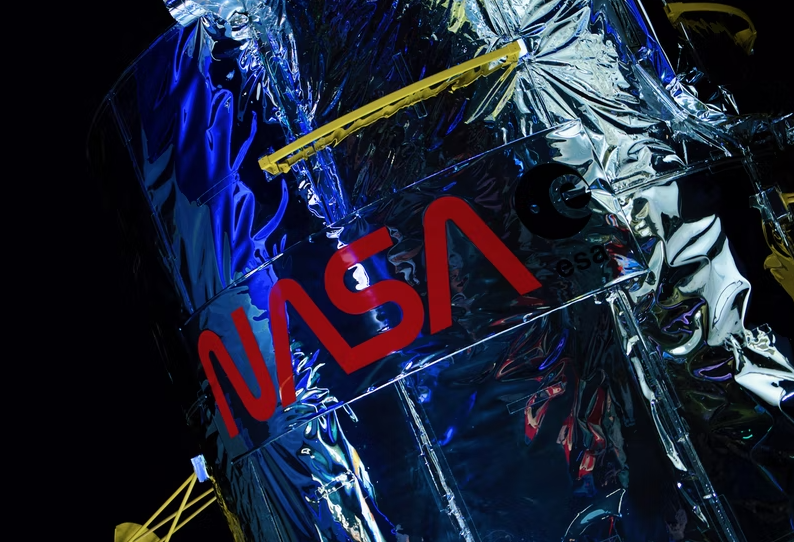
James Webb Space Telescope has successfully completed a critical milestone, NASA reavealed. The observatory that is flying through space is now entirely in focus, and there are receipts to prove it.
Webb Telescope is Now in Focus
After months, the US space agency finally released several pictures that show Webb can take razor-sharp images of the universe with precision even beyond engineers' wildest expectations, according to Mashable.
The test pictures show that the alignment of Webb's four science instruments is done and that the flying observatory is currently staring into an abyss of stars.
Scott Acton, Webb's wavefront sensing and control scientist from Ball Aerospace, said that the pictures have profoundly changed the way they see the universe.
Acton added that they now have proof that a symphony of creation surrounds Earth, and there are galaxies everywhere.
Did you see this? Engineering images of sharply focused stars in the field of view of each #Webb instrument demonstrate that the telescope is fully aligned and in focus! Let's learn more about this image👇 pic.twitter.com/8qFCZgr8G5
— ESA Webb Telescope (@ESA_Webb) April 30, 2022
How the Webb Took Test Images
For the test pictures, Webb pointed at a part of the Large Magellanic Cloud, which is a small satellite galaxy of the Milky Way. It showed a deep, dense field of hundreds of thousands of stars, registering across the telescope's sensors, according to DailyAdvent.
Though space telescope pictures often create color the way people's eyes perceive them, other times, they are chosen to highlight specific features. The engineers chose the scarlet palette to emphasize contrast.
The image resolution is clear and crisp for the size of the telescope, according to a NASA blog post on the milestone achievement. The engineers will only make minor, periodic adjustments to the primary mirror segments.
The Webb space telescope has come a long way since its first snapshot in February, showing 18 different golden blurry blobs representing one star.
At the time, NASA said that it would have the further calibration of the instrument to refine its capability and make the star in the galaxy look like a star. By mid-March, a new picture delivered on that statement: a star in Ursa Major, crystal-clear and flaming red with large spikes.
Bob Cabana, NASA's associate administrator, and former astronaut, said that just by looking at the photo, all one could see is that star. However, if you zoom in on the photo, there are galaxies behind the star that have never been seen before, and that is what they are truly amazed at.
Webb was a collaboration project between NASA, the European Space Agency, and the Canadian Space Agency. It is set to observe some of the oldest light in the universe.
The powerful space telescope will study a period less than 300 million years after the Big Bang when a lot of stars and galaxies were born.
Scientists also will use it to peer into the atmospheres of planets outside the solar system, also known as exoplanets. Discoveries of water and methane, for example, could be signs of habitability or biological activity in certain plants, as those are the main ingredients of life.
Astronomers anticipate the telescope will facilitate a golden age in our understanding of the universe, providing never-before-seen photos of space billions of light-years away.
The team is now moving forward with the final steps, called the science instrument commissioning. The process will take about two months to complete before the space telescope is finally ready to do what it was meant to do, which is to conduct groundbreaking research.
Related Article : James Webb Space Telescope Uses Fine Guidance Sensor to Lock on a Star For the First Time
This article is owned by Tech Times
Written by Sophie Webster

![Apple Watch Series 10 [GPS 42mm]](https://d.techtimes.com/en/full/453899/apple-watch-series-10-gps-42mm.jpg?w=184&h=103&f=9fb3c2ea2db928c663d1d2eadbcb3e52)


